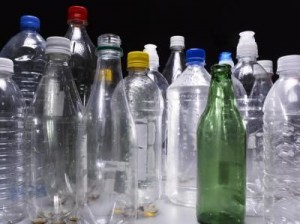Many of us use plastic bottles on a daily basis. We buy bottled water or juice and other health drinks in plastic bottles. Even cooking oil is now packed in plastic containers.

Unfortunately, not many of us are aware of the materials used in making these products. What we just know is that plastic harms the environment.
It’s about time then to learn more about what these plastic bottles are made of and what you need to avoid.
Remember that each of us is responsible for protecting our health and preserving the environment for future generations to enjoy.
Vinyl
The vinyl or PVC plastic is often used in making clear food packaging and bottles for cooking oil. It is sometimes used in certain drinks. The reason why you need to stay away from this type is because it has the potential to release toxic breakdown products into the food and drinks. The hazard it can bring to your home is also higher when the plastic bottle starts to wear out or when they are exposed to heat or put into the dishwasher.
When broken down, PVC can release dioxins into the environment. In addition, your home can get the toxic plasticizers.
Polystyrene
This is often found in egg cartons, carry-out containers, meat trays and disposable plates and cups.
They can either be the styrofoam style or the hard type.
This kind of plastic product is not good to use particularly when it gets heated. When exposed to high temperature, it can release a breakdown product called styrene.
Others
From now on, you need to avoid the hard plastic bottles such as the baby feeding bottles and the large water bottles (3-gallon and 5-gallon sizes). These hard bottles usually contain polycarbonate
varieties. Research has shown that this product can release bisphenol A which can lead to neural and behavioral problems particularly among children.
Parents with babies and toddlers can shift to using corn-based plastics or the glass feeding bottles instead that are shatter-resistant.
Photo via ehow.com